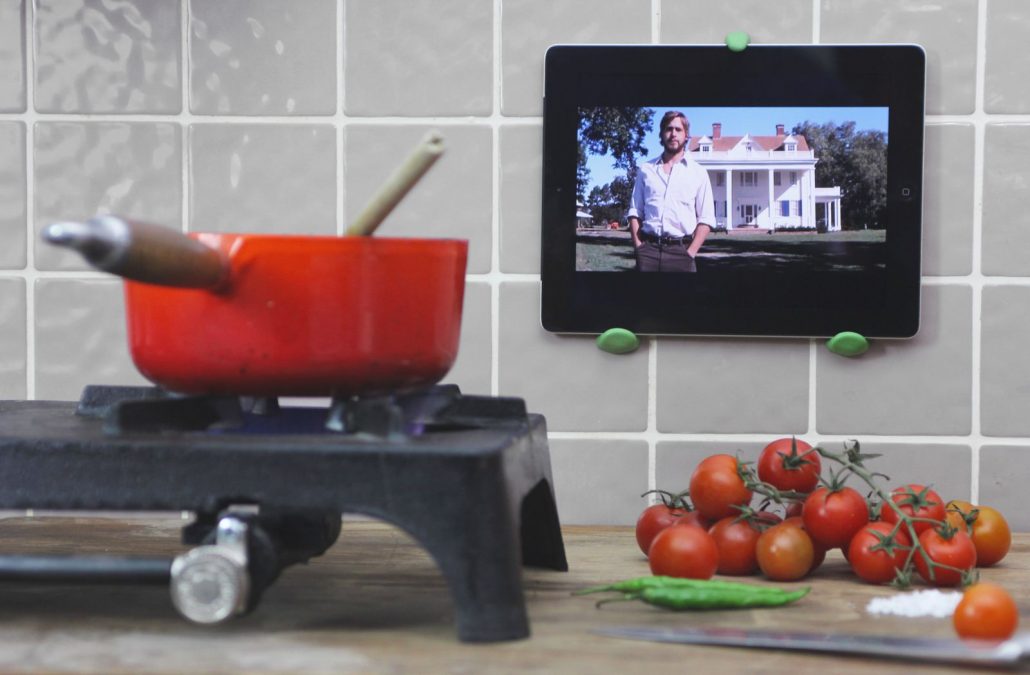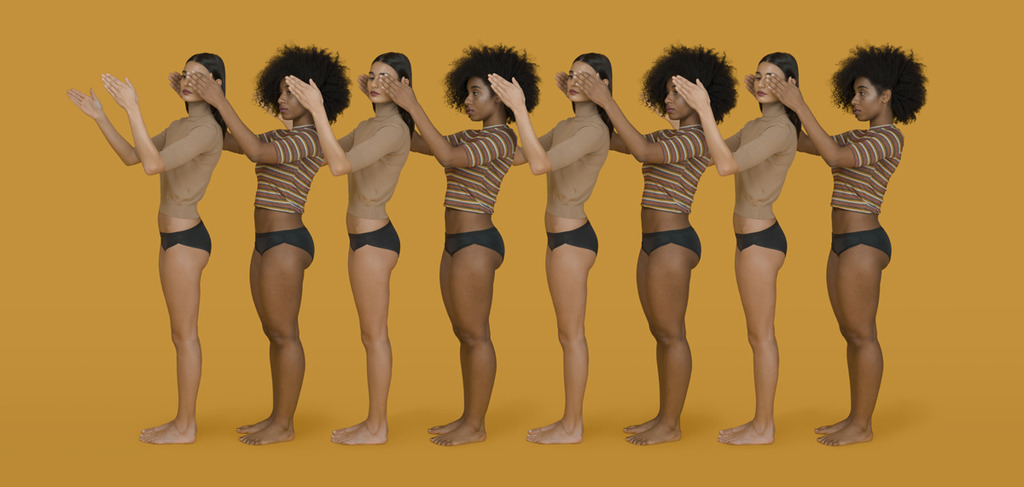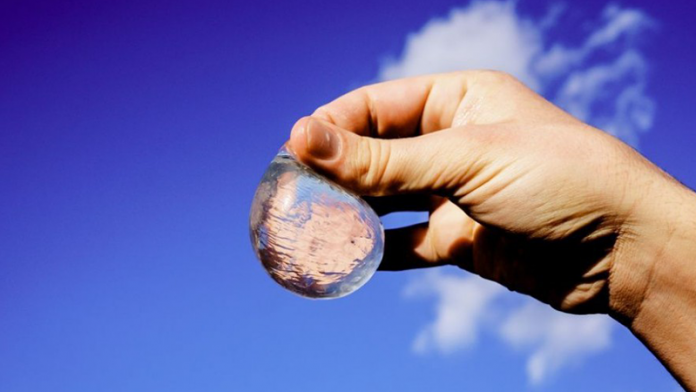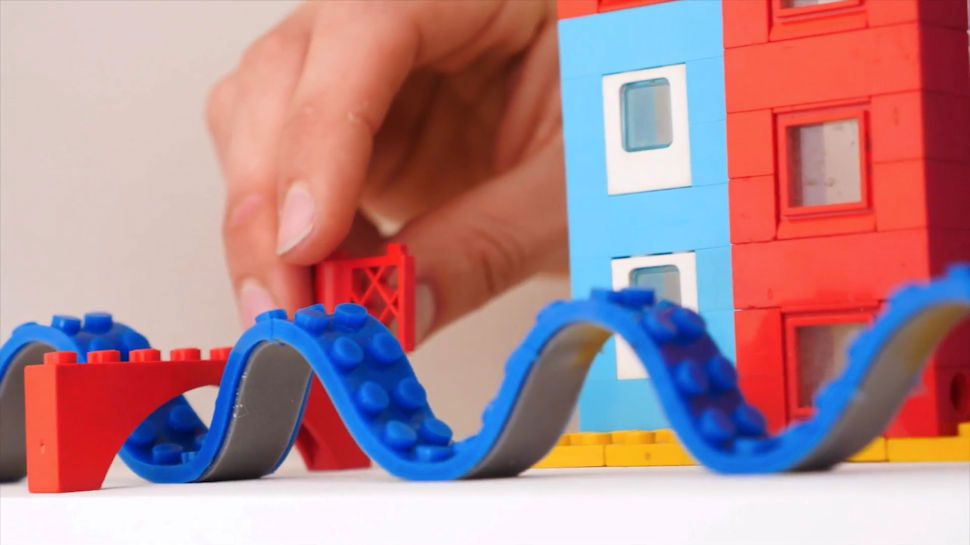Innovation Here, Innovation There….
Innovation is a term that gets bandied about rather willy-nilly. Seemingly ever other business now has an innovation arm, or at least someone with the title Innovation Manager. Or, more worryingly, ‘Innovation Guru’ – up there with Digital Prophet or Fashion Evangelist in terms of awful business titles.
Business titles aside, it’s clear that ‘innovation’ is the buzzword du jour.
For many, innovation brings to mind huge technological game-changers, like the latest advances in AI, or self-driving cars. And it is almost always associated with sky-high R&D costs.
Low-Key Innovations
To us, innovation is a much more simple concept. It simply means creating something new, a product or service, which really adds value. It is innovation FOR and BY everyone, and does not necessarily involve huge budgets or the latest cutting-edge technology.
To illustrate, we have compiled a list of our current favourite low-key innovations.
We say “low-key” because we know that lots of time, energy and money have gone into developing these products and we don’t want to diminish that, but simply acknowledge that they are not trying to re-invent the wheel. They are just incredibly useful, and quietly and efficiently doing an amazing job.
1. Sugru

Here at BEAF, we’re always slightly puzzled that this mouldable glue isn’t more of a household name. Time Magazine named listed Sugru alongside the iPad as one of the top 50 inventions of 2010 (the iPad was number 34, Sugru was number 22!). So what does it do? Well, almost anything. It can be used for fixing, making and improving stuff, will stick to almost any surface, moulds like play-dough and then cures overnight into a durable silicone rubber. Our favourite application (so far) has to be the iPad mount for the kitchen (pictured).
2. THINX

Not to be confused with slimming pants of a different variety, THINX is billed as ‘Period-proof underwear that keeps you dry & leakfree’ — and reviews suggest that it does exactly that. We really like that this product, much like Mooncup, offers a viable alternative to environmentally-unfriendly tampons and sanitary towels, and that the brand uses images of women of all shapes and colours. Moreover, we LOVE the idea that there is a product out there that could have real impact in Third World countries, where some women struggle to get access to even the most basic hygiene products – something that is already firmly on THINX’s radar.
3. Ooho

Water you can eat — and drink, obviously. These edible bubbles of water are geared to provide the convenience of plastic bottles, while limiting the environmental impact. It’s made out of plants and seaweed, biodegradable in 4-6 weeks (just like a piece of fruit), edible, can be flavoured and coloured, and has a shelf life of a few days. Most importantly, Ooho is cheaper than plastic and produces 5x less CO₂ and 9x less Energy vs PET.
With some issues to work out around packaging (the edible membrane means that if Ooho was to be sold in stores, it would need some kind of other external packaging, somewhat negating its “packaging free” mission), Ooho is currently only available at events. It will be interesting to see how far they can take it.
4. Nimuno Loops

Random mind-blowing fact: there are 86 pieces of Lego for every person on the earth.
So, if you are going to create a new innovative product, it makes sense for it to be Lego-based. That is exactly what the founders of Nimuno Loops must have thought when they created the ‘original toy block tape’, which transforms virtually any surface into a base for the little coloured bricks. Smashing their original Indie-Go-Go target by a whopping 20109% and raising over $1.6m of funding at the time of writing, there is now even more good news for the product. Last week, leading global toy and consumer products manufacturer, ZURU™ announced the Company had signed an exclusive licensing agreement to manufacture, distribute and market Nimuno Loops. (Although we suspect heads have rolled at Lego for not thinking of it themselves!)
5. Lucky Iron Fish

Does what it says on the tin: it’s a fish made of iron. Much like the Life Saving Dot, which claims to combat lack of iodine in Indian women through a Bindi Dot, the (less controversial) Lucky Iron Fish was created to fight against iron deficiency, which affects nearly two billion people worldwide. One Lucky Iron Fish provides up to 90% of the recommended daily intake of iron, it’s completely safe for any age and reusable for up to five years. The fish is simply boiled in any liquid or broth-based meals and, best of all, at a price-point of $25, it’s not cost-prohibitive. In Cambodia, they have seen amazing results with clinical trials showing that regular use of the fish reduces the prevalence of anaemia by up to 46%.
Honorary mention: Doodle Track Car. It won’t save the planet, but it sure will make your kids happy (and in theory buy any beleaguered parents five minutes’ of peace…).
The lesson in all of this? Decide to be a Nimuno Loops and stay one step ahead of the LEGO’s of the world. Stop sitting on those ideas for products you’ve had in your head for years, and get them into reality.
And if you’re not sure where to start? Get in touch – we are really good at this stuff.

